
Filter News
Area of Research
- Advanced Manufacturing (1)
- Biology and Environment (23)
- Biology and Soft Matter (1)
- Chemical and Engineering Materials (1)
- Chemistry and Physics at Interfaces (3)
- Clean Energy (14)
- Computational Biology (1)
- Computational Chemistry (1)
- Energy Frontier Research Centers (3)
- Functional Materials for Energy (3)
- Fusion and Fission (7)
- Fusion Energy (2)
- Geographic Information Science and Technology (1)
- Isotopes (7)
- Materials (12)
- Materials for Computing (4)
- Materials Synthesis from Atoms to Systems (3)
- Materials Under Extremes (3)
- National Security (3)
- Neutron Science (10)
- Nuclear Science and Technology (2)
- Quantum Condensed Matter (1)
- Quantum information Science (2)
- Supercomputing (17)
News Type
News Topics
- 3-D Printing/Advanced Manufacturing (4)
- Advanced Reactors (1)
- Artificial Intelligence (4)
- Big Data (1)
- Bioenergy (9)
- Biology (14)
- Biomedical (6)
- Biotechnology (3)
- Buildings (2)
- Chemical Sciences (2)
- Clean Water (3)
- Climate Change (3)
- Computer Science (14)
- Coronavirus (2)
- Cybersecurity (1)
- Decarbonization (3)
- Energy Storage (5)
- Environment (21)
- Exascale Computing (2)
- Frontier (1)
- Fusion (2)
- Grid (1)
- High-Performance Computing (9)
- Isotopes (6)
- ITER (1)
- Materials (4)
- Materials Science (7)
- Mercury (3)
- Microscopy (3)
- Nanotechnology (3)
- National Security (4)
- Neutron Science (6)
- Nuclear Energy (6)
- Physics (2)
- Polymers (1)
- Quantum Computing (1)
- Quantum Science (4)
- Security (2)
- Space Exploration (2)
- Summit (4)
- Sustainable Energy (7)
- Transportation (6)
Media Contacts

Since its 1977 launch, NASA’s Voyager 1 spacecraft has travelled farther than any other piece of human technology. It is also the only human-made object to have entered interstellar space. More recently, the agency’s New Horizons mission flew past Pluto on July 14, giving us our first close-up lo...
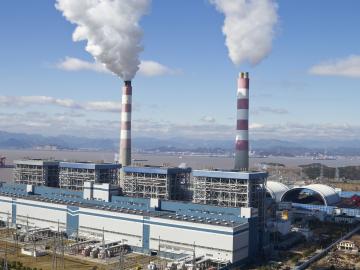
fuel carbon emissions, a distinction it still maintains. But exactly how much carbon China releases has been a topic of debate, with recent estimates varying by as much as 15 percent. “There’s great scruti...
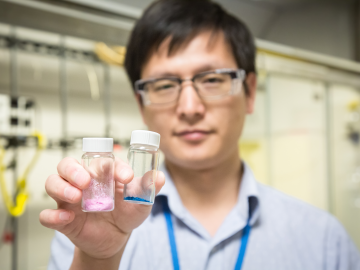

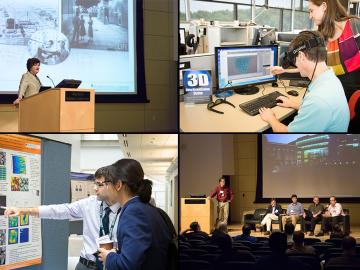
In the Stone, Bronze and Iron Ages, the state of the art of materials science defined technology’s zenith and accelerated economies. Now, in the Information Age, data is beginning to drive the development of advanced materials, from photovoltaics for solar energy and superconductors for efficient el...
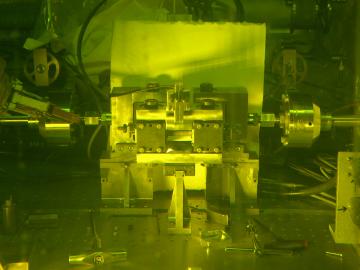

Drafty buildings are a thermostat’s worst enemy. Leaks around windows and a multitude of other breaches in the building envelope can cause heat and air-conditioning systems to run excessively, hogging energy as it continually warms — or cools and dehumidifies — the invading outside air.
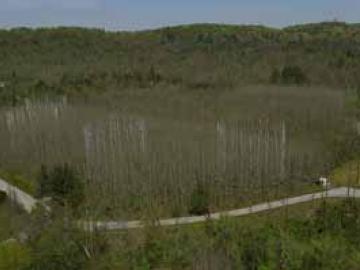


Run-2 for the Large Hadron Collider (LHC)—the world’s largest and most powerful particle collider—began April 5 at CERN, the European Laboratory for Nuclear Research. In preparation, Thomas M. Cormier, who leads the LHC Heavy Ion group at Oak Ridge National Laboratory, led an upgrade of the electromagnetic calorimeter used for LHC’s experiment called ALICE (for A Large Ion Collider Experiment).


